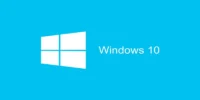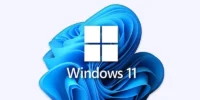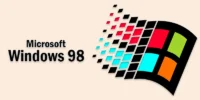License for Proprietary Software
Published: 3 Jan 2025
What is a Proprietary Software License?
The developer or business of the software has complete control over how it is used, distributed, and altered under a proprietary software license. This means users can only use the software under the conditions set by the company, and they cannot change or share it without permission.
With a proprietary license, the software is usually sold or rented to users, who have to pay for a license to use it. The company keeps the source code private, so users cannot access or modify it. Typical instances of proprietary software are Adobe Photoshop and Microsoft Windows.
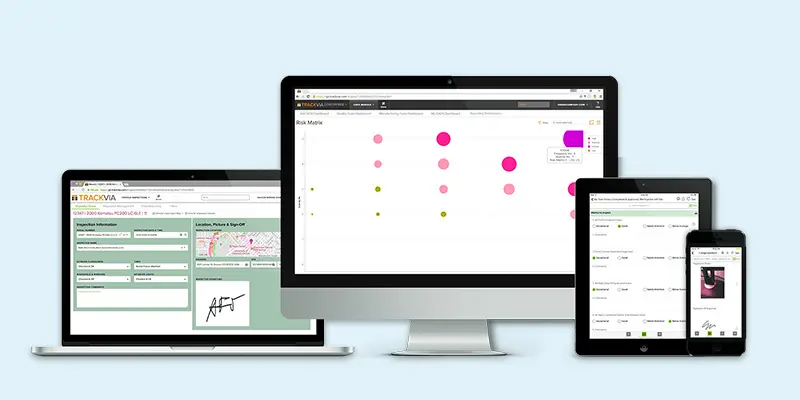
How Does Proprietary Software License Work?
- Ownership: The company or developer owns the software and controls how it’s used.
- License Agreement: Users must agree to the terms and conditions set by the software creator, which explain how the software can be used.
- Limited Rights: Users can use the software, but they don’t own it and can’t modify, distribute, or share it without permission.
- Access Restrictions: The license may limit how many devices the software can be installed on or how many people can use it.
- Updates and Support: Users may get software updates and support as long as they follow the license agreement and sometimes pay for it.
- Enforcement: The company ensures users follow the rules, and violating the license terms can result in penalties or loss of access to the software.
How is Proprietary Software Typically Licensed?
Proprietary software is typically licensed through a paid agreement, where users purchase a license to use the software for a specific time or indefinitely. The license usually comes with terms and conditions, such as restrictions on copying, modifying, or sharing the software.
In some cases, proprietary software is licensed on a subscription basis, meaning users pay regularly to keep using it. The software creator or company retains full control over how the software is used, and users must follow the rules set out in the license agreement.
Types of Proprietary Software License
The many types of proprietary software licenses, including perpetual, subscription, site, floating, and OEM licenses, offer different terms for usage and distribution.
- Perpetual License: A perpetual license lets you buy software once and use it forever. You only pay once for the software, and there are no additional charges for using it. However, you may need to pay separately for updates or technical support in the future.
- Subscription License: A subscription license requires you to pay a regular fee, such as monthly or yearly, to use the software. As long as you keep paying, you can access the software and get updates. If you stop paying, you can no longer use the software.
- Site License: A site license enables a business or organization to set up and run software on several computers in one place or in several sites. It’s usually sold at a fixed price, making it more affordable for businesses with many users. This type of license is ideal for organizations that need to use the software widely.
- Floating License: A floating license lets multiple users share access to software, but only a set number of people can use it at the same time. This type of license is useful for businesses where not everyone needs the software all the time. When someone finishes using it, another person can use the license.
- OEM License (Original Equipment Manufacturer): An OEM (Original Equipment Manufacturer) license comes with hardware like a computer or printer. The software is sold along with the device and can only be used on that specific hardware. This type of license is usually cheaper but doesn’t allow the software to be transferred to other devices.
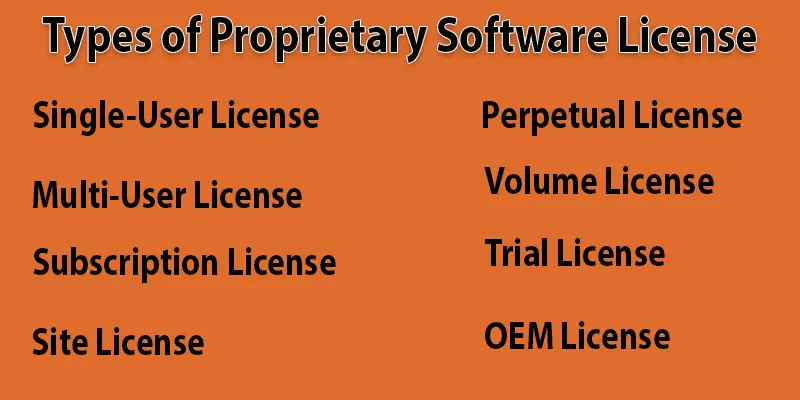
Restrictions Defined In a Proprietary Software License
Proprietary software licenses often come with restrictions that limit how the software can be used. For example, users may not be allowed to copy, modify, or distribute the software without permission from the creator or company.
These licenses also typically prevent users from accessing the software’s source code, meaning they can’t make changes to it. Additionally, the software may only be used on specific devices or by a certain number of users, depending on the terms of the license.
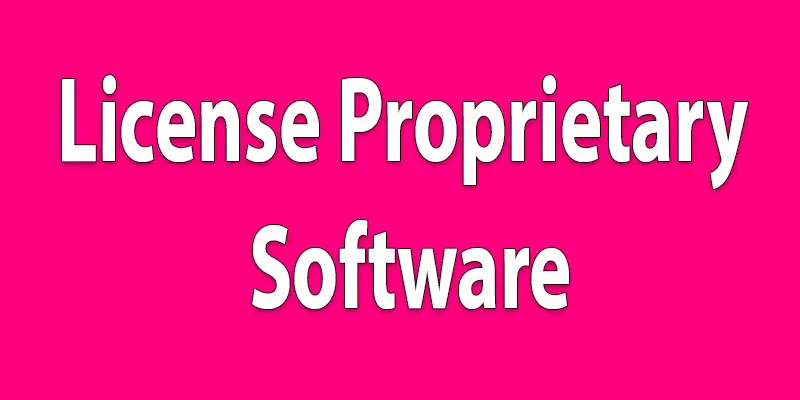
Proprietary Software License: A Vital Component of Software Ownership and Usage
A proprietary software license is an important part of owning and using software. It sets the rules on how the software can be used, shared, and modified. With this type of license, the software creator or company keeps control over the software, and users must follow the terms of the license agreement. This ensures that the software is protected from unauthorized changes or distribution.
Advantages of Proprietary Software License
- Better Security: Better security means that the software creator controls the code and can make sure it’s protected from hackers or harmful changes. Since the source code is not available to everyone, it’s harder for unauthorized users to access or tamper with the software. This makes proprietary software generally more secure.
- Professional Support: Professional support means that the software company provides help to users when they have problems. You can ask for help from their customer support team if you run into any problems or require assistance. This support is reliable and ensures you can get back to using the software quickly.
- Quality Assurance: Quality assurance means the software is thoroughly tested by experts to make sure it works well and is free of bugs. The company ensures the software meets high standards before it’s released to users. This helps provide a smooth and reliable experience for those using it.
Disadvantages of Proprietary Software License
- Limited Customization: Users who have limited customisation are unable to alter the software to meet their own or their company’s demands. Users are unable to add new features or alter the software since the source code is unavailable. This can be frustrating if the software doesn’t work exactly as needed for certain tasks.
- Higher Costs: Higher costs mean that proprietary software can be expensive to buy or use. Users may have to pay a large upfront fee or regular subscription charges. These costs can add up over time, making it less affordable compared to other options, like free or open-source software.
- Restricted Usage: Restricted usage means that proprietary software may limit how many devices or people can use it. For example, you might only be allowed to install it on a certain number of computers. This can be inconvenient for businesses or users who need more flexibility with how the software is used.
Ensuring License Compliance of Proprietary Software
Ensuring license compliance of proprietary software means making sure that the software is used according to the rules set by the creator or company. This includes following the terms on how many devices it can be installed on, whether it can be shared, and if updates or modifications are allowed. By staying compliant, users avoid legal issues or penalties for breaking the software’s terms.
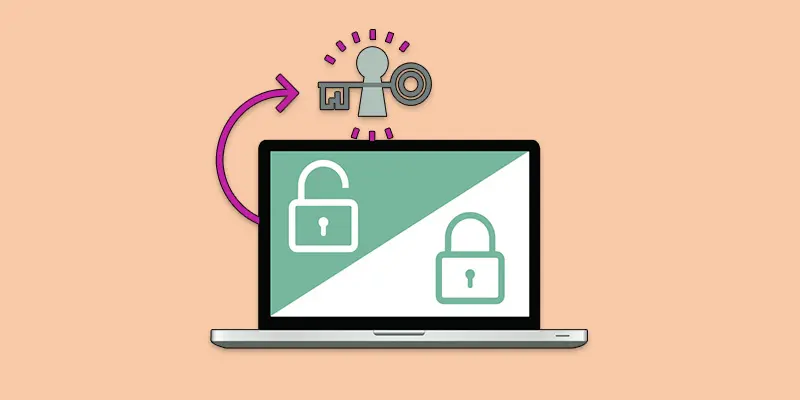
Conclusion about Proprietary Computer Software
A proprietary software license gives the software creator full control over how the software is used and distributed. While it offers benefits like better security, professional support, and high-quality standards, it also has some drawbacks, such as higher costs, limited customization, and restricted usage. It’s important for users to follow the license terms to avoid legal issues and ensure proper use of the software.
FAQS – License Proprietary Software
Terms like “you can only install the software on one computer,” “you cannot copy or modify it,” and “you must pay for updates” are examples of proprietary software license agreements. It may also outline what happens if the software doesn’t work properly or if you break the rules, such as losing access to the software.
The three important types of software licenses are:
1. Proprietary License: Users must abide by certain guidelines while using software that is owned by a business or individual.
2. Open-Source License: Anyone can use, alter, and distribute the software’s source code without restriction.
3. Freeware License: The software is free to use but may have limitations, like not being able to modify or redistribute it.

- Be Respectful
- Stay Relevant
- Stay Positive
- True Feedback
- Encourage Discussion
- Avoid Spamming
- No Fake News
- Don't Copy-Paste
- No Personal Attacks

- Be Respectful
- Stay Relevant
- Stay Positive
- True Feedback
- Encourage Discussion
- Avoid Spamming
- No Fake News
- Don't Copy-Paste
- No Personal Attacks


